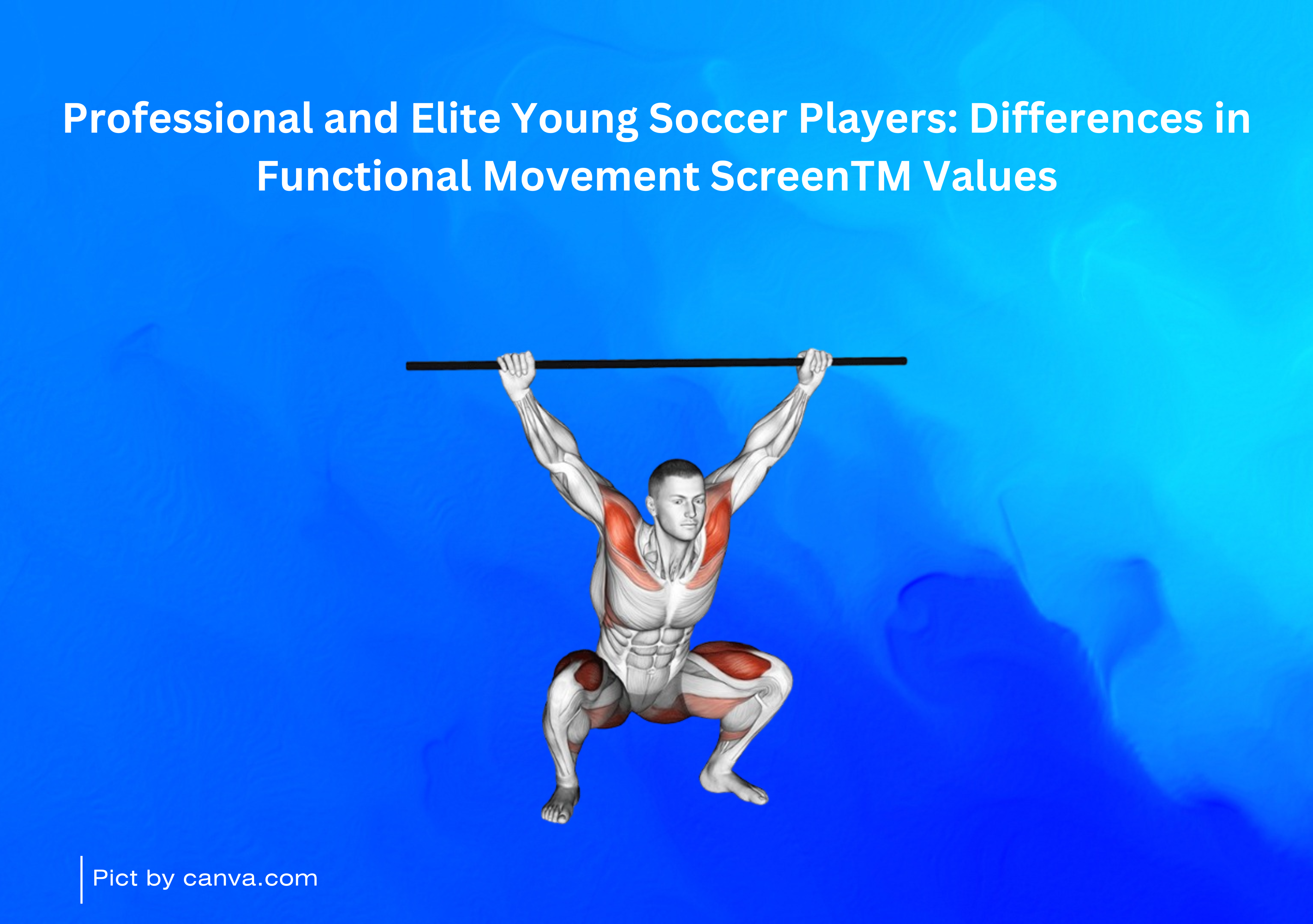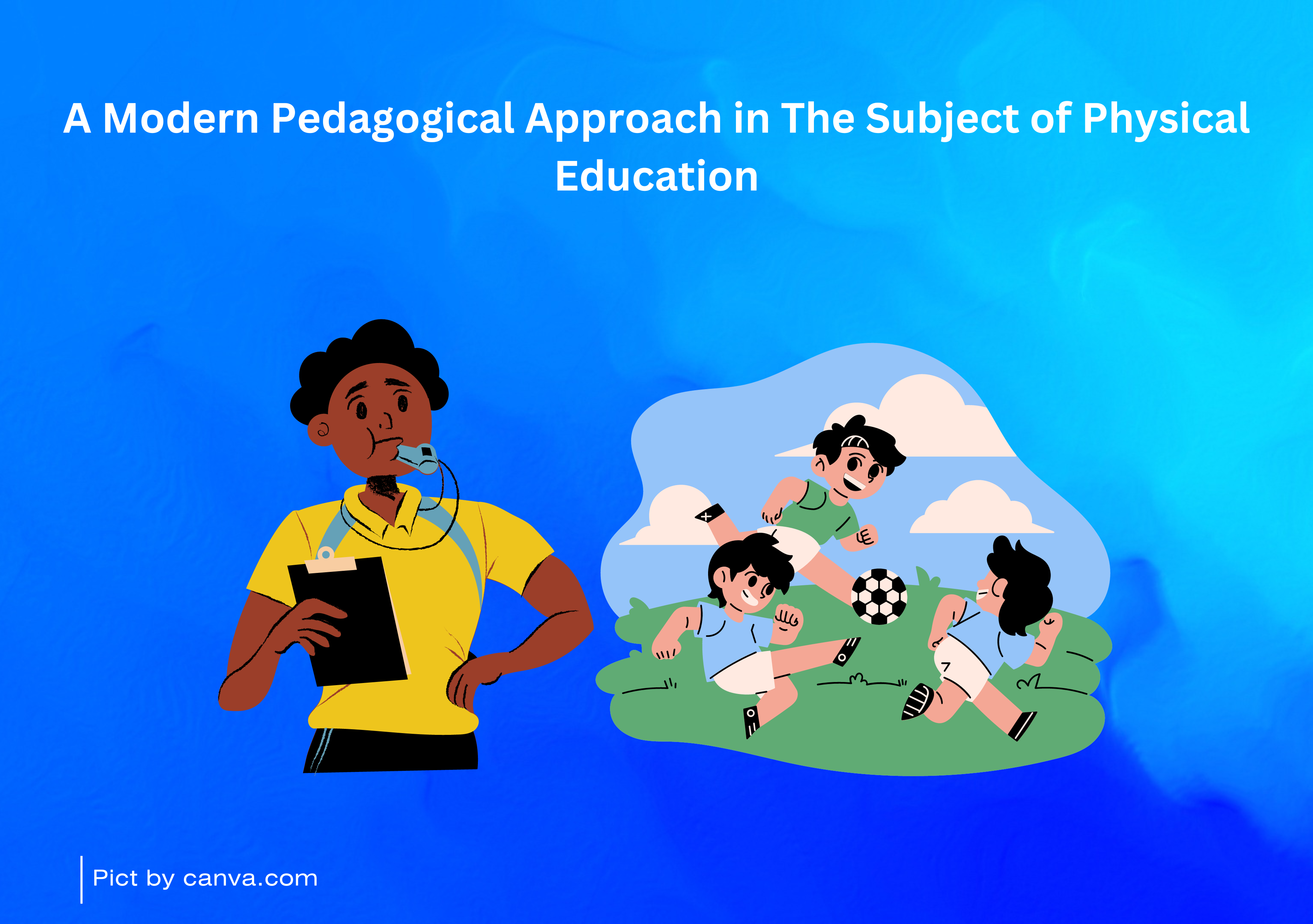ABOUT THE JOURNAL
Editorial team Peer Reviewers Journal history Indexing Contact
Submissions are only accepted which match the profile of the journal, have not been submitted for print in another journal, and if the author (or team of authors) hold all copyrights for the submitted manuscript. The author accepts full responsibility for the originality of the work, for its scientific and formal accuracy. Redundant publication, the inappropriate division of study outcomes into more than one article (salami slicing), may result in rejection or a request to merge submitted manuscripts, and the correction of published articles. The journal does not support duplicate publication - submitting the same study to two journals or publishing more or less the same study in two journals. Physical Education and Sports: Studies and Research does not accept articles that have been shared as preprints.
The journal publishes: research papers (original research papers, research case study) and reviews (reviews papers, reviews protocol) in the field of physical education, physical rehabilitation, and sports training. All submissions are peer-reviewed by two independent reviewers (double-blind).
Manuscripts, written in English, have to be submitted electronically using our Electronic Submission System. In order to submit a manuscript, authors have to register with the system as an Author first. Manuscript must be written in good and clear English, free of grammatical and spelling mistakes.
Download Template
Download Example Article
The manuscript should be submitted in three separate files: 1. title page; 2. main text including tables and figures; 3. checklist (research reporting guideline relevant for type of the manuscript).
Tables should be understandable without reference to the text. Tables should not duplicate information contained in the text. All abbreviations must be defined in footnotes. Footnote symbols: a, b, c, d, should be used (in that order) and *, **, *** should be reserved for P-values. Tables should be a part of the main text.
The author selects the appropriate checklist form according to the type of article from the table of Research Reporting Guidelines table (download below).
All files should be submitted as Word documents, other formats will not be accepted. The names of authors should NOT be included on the main text file. Please follow the guidelines required for anonymous peer review. Submissions will be registered with the date which they are received in electronic form by the editor.
The SportPara makes an effort ensuring the best quality of published manuscripts from the field of physical education, physical rehabilitation, and sports training through the double-blind peer-review process. To ensure such quality the peer-review process has to be objective, accurate and right minded – it has to be realized on the base of the ethical principles and ethical decision making of authors, editors, reviewers and publisher.
When reporting experiments on patients or animals, please indicate whether the procedures followed were approved by your local ethics committee and/or in accordance with the Helsinki Declaration of 1964, as revised in 2013.
At the end of the text, under a subheading „Ethical aspects and conflict of interest“, all authors must disclose any financial and personal relationships with other people or organizations that could inappropriately influence their work. Examples of potential conflicts of interest include employment, consultancies, stock ownership, honoraria, paid expert testimony, patent applications/registrations, and grants or other funding.
Authors should mention all funding sources.
Each person who contributed to the manuscript should be listed. Any person who cannot be shown to have made a substantial contribution to the article cannot be listed as an author in the final version. A substantive contribution includes one or more of the following: Conception and design (YNH, AH), data collection (YNH, AH), data analysis and interpretation (KP, AH), manuscript draft (YNH, AH, KP), critical review of the manuscript (YNH, AH, KP), final approval of the manuscript ((YNH, AH, KP).
Author’s Contribution
A – Research concept and design
B – Collection and/or assembly of data
C – Data analysis and interpretation
D – Writing the article
E – Critical revision of the article
F – Final approval of article
The SportPara requires the authors to provide an ORCID iD (a persistant digital identifier) which distinguishes the author from every other researchers.
Prior to publication of the manuscript, the authors conclude a license to publish. Author(s) contributing to Physical Education and Sports: Studies and Research agree to publish their articles under the Creative Commons Attribution-ShareAlike 4.0 International License.
All submitted manuscripts should include the title of the manuscript written in capital letters, and include a structured abstract in the range 150–200 words (aim, design, methods, results, conclusion) five to eight key words, and the body of the text (3,000–5,000 words) using the following structure:
For quantitative studies are required inferential statistical data processing. Common techniques of descriptive statistics and inferential statistics should be used to evaluate empirical data, depending on the types of data and levels of measurement.
The manuscript should follow the PRISMA Checklist and flow diagram.
We strongly encourage authors to comply with the reporting guidelines relevant to their submissions. The table below provides information about guidelines for different study types.
Authors are responsibile for the originality of the work, its objective accuracy and formal correctness. Manuscripts must be formated using Times New Roman font, size 12, in a normal text style and be single spaced. Pages are not to be numbered. Bold or italicized writing is to be used as little as possible.
The maximum number of tables and figures for a single manuscript is five. All tables and figures must be contained in the same file as the main text, numbered and titled. Each table and figure must be referred to in the manuscript text. Tables must be in MS Word format and placed at the end of the manuscript (below the References section). The font sizes are 10 for text in tables, 10 for table titles and 8 (italics) for legends below tables. Data in tables must be consistent with the text. A table must not exceed one page. See an example of table format.
Abbreviations are to be used as little as possible. When used the first time, they must be completely written out.
Statistical data must be described using formatting (symbols, abbreviations) according to examples.
References should be prepared according to the Publication manual of the American Psychological Association (7th edition). The document must contain accurate and complete bibliographic references for all quotations used. APA Style uses author-date citation system. The reference in the text must include the author’s last name and year of publication (Antonová, 2018; Bužgová & Nečková, 2019, p. 1088).
| Author type | Parenthetical citation | Narrative citation | |
|---|---|---|---|
| One author | Willis, 2019 | Willis (2019) | |
| Two authors | Bužgová & Nečková, 2019 | Bužgová and Nečková (2019) | |
| Three or more authors | Nelissen et al., 2019 | Nelissen et al. (2019) | |
| Group author with abbreviation | First citation | (World Health Organization [WHO], 2020) | World Health Organization (WHO, 2020) |
| Subsequent citation | (WHO, 2020) | (WHO, 2020) | |
| Group author without abbreviation | (McMaster University, 2020) | McMaster University (2020) | |
A complete reference list including all citations must be included at the end of the document and include only literature that is referenced in the text. References are listed in alphabetical order by last author´s name and must not be numbered. References must include sufficient information to retrieve source material. Multiple references by different authors (e.g. Lesser et al., 2015; Minarik, 2011; Oliverius, 2003) must be ordered alphabetically. Multiple references by the same author (e.g. Smith, 2010; 2012) must be in chronological order. For references not uniquely identified by the author’s name and year, use a letter after the year (e.g. Willis, 2019a; Willis 2019b).
A sample of the most common entries in reference lists appears below.
For a work with up to 20 authors, include all of the names in the reference. When the work has 21 or more authors, include only the first 19 names, an ellipsis, and the final name.
For more information about APA referencing style, please refer to the APA.
Editorial team Peer Reviewers Journal history Indexing Contact
Submit Aims and Scope Article Processing Charges Author Guidelines Guidelines for Reviewers Data Availability AI Policy Peer Review Process Publication Ethics Authorship Credit Publication Frequency Plagiarism Policy
Open Access Statement Archiving Ethical Clearance Copyright Notice Retraction & Correction Licensing Terms Repository Policy Revenue Sources Advertising Policy Direct Marketing About This Publishing System






Articles are cited by 79 times
Citations: 154
h-index: 7
i10-index: 3
| Total 12 Author's Countries | |||
| Bangladesh | (1) | ||
| Brazil | (8) | ||
| Indonesia | (45) | ||
| Italy | (5) | ||
| Malaysia | (2) | ||
| Mali | (1) | ||
| Netherlands | (5) | ||
| Philippines | (32) | ||
| Saudi Arabia | (1) | ||
| South Africa | (1) | ||
| Spain | (1) | ||
| United States | (1) | ||
Jl. Raya Bendorejo, RT.18/RW.09, Nglembu, Bendorejo, Kec. Pogalan, Kabupaten Trenggalek, Jawa Timur 66371
